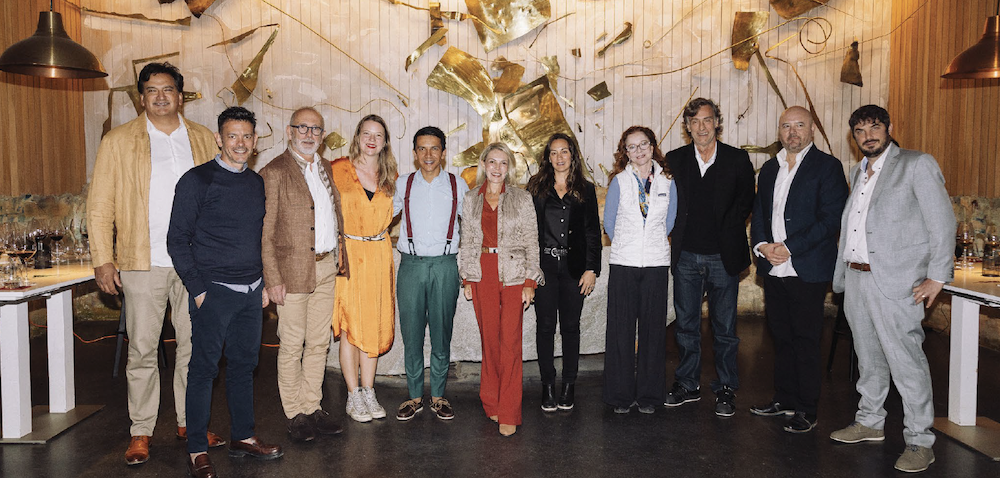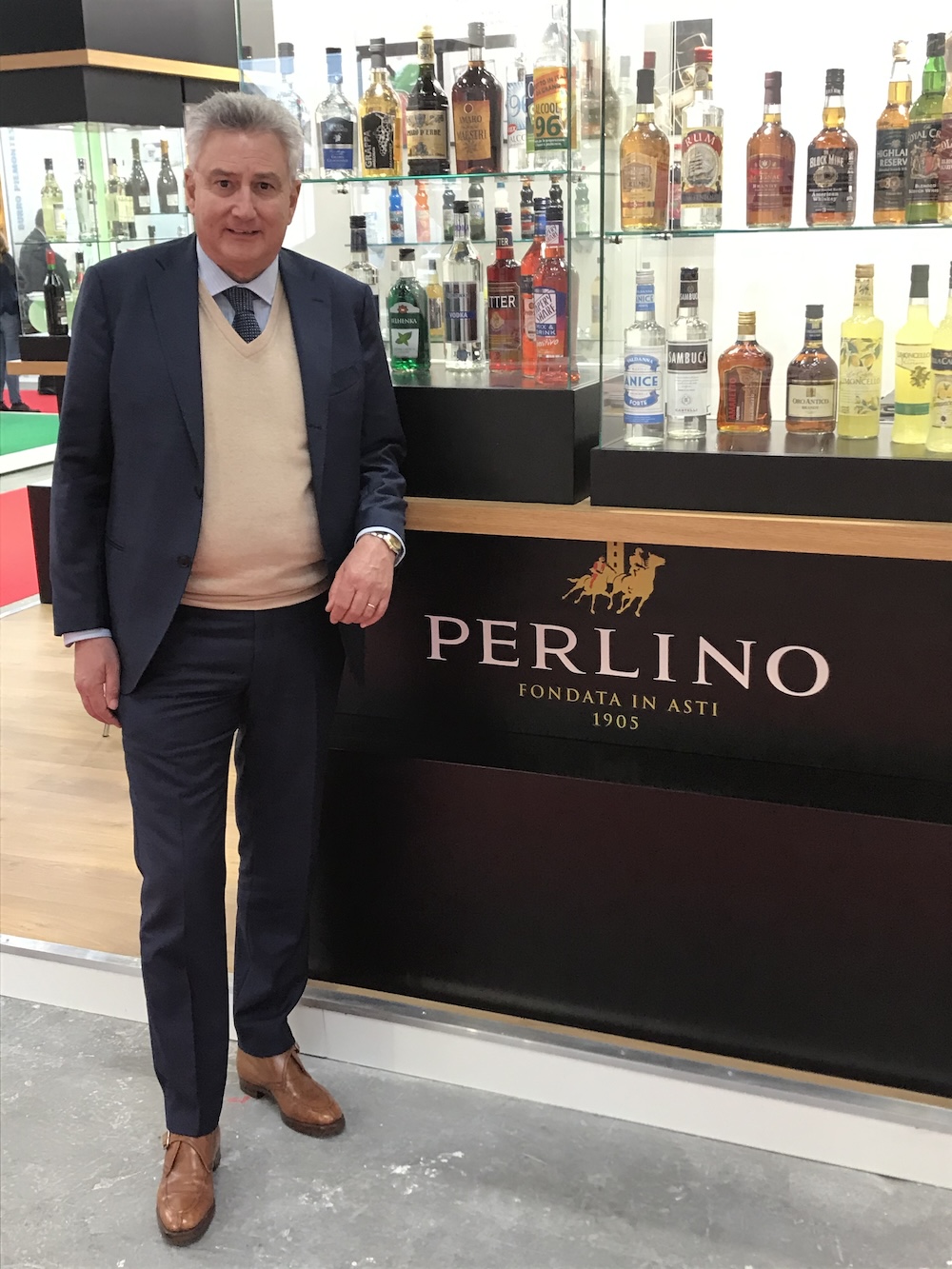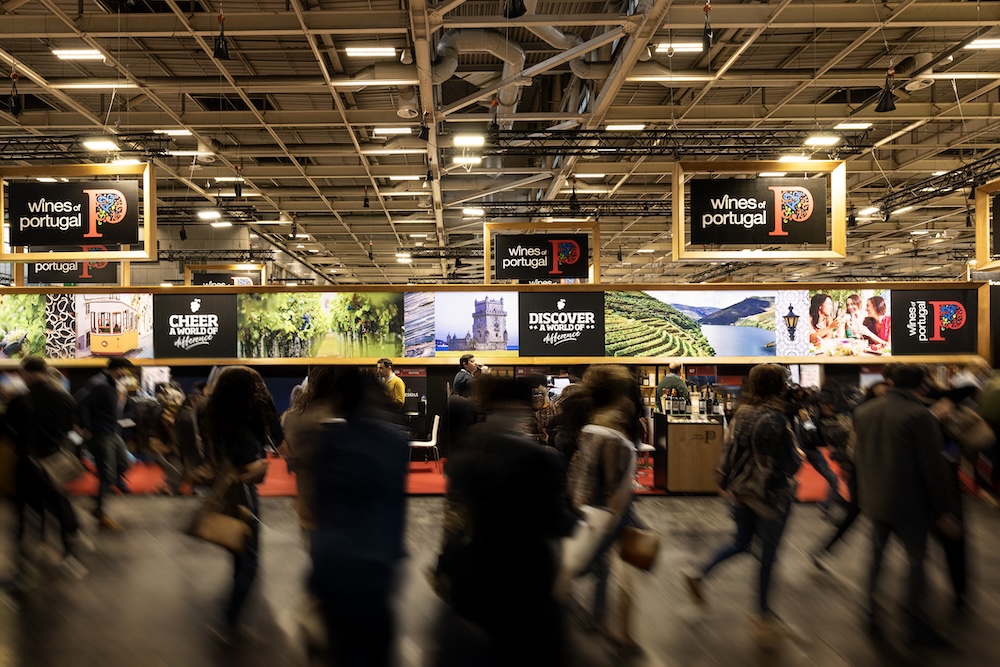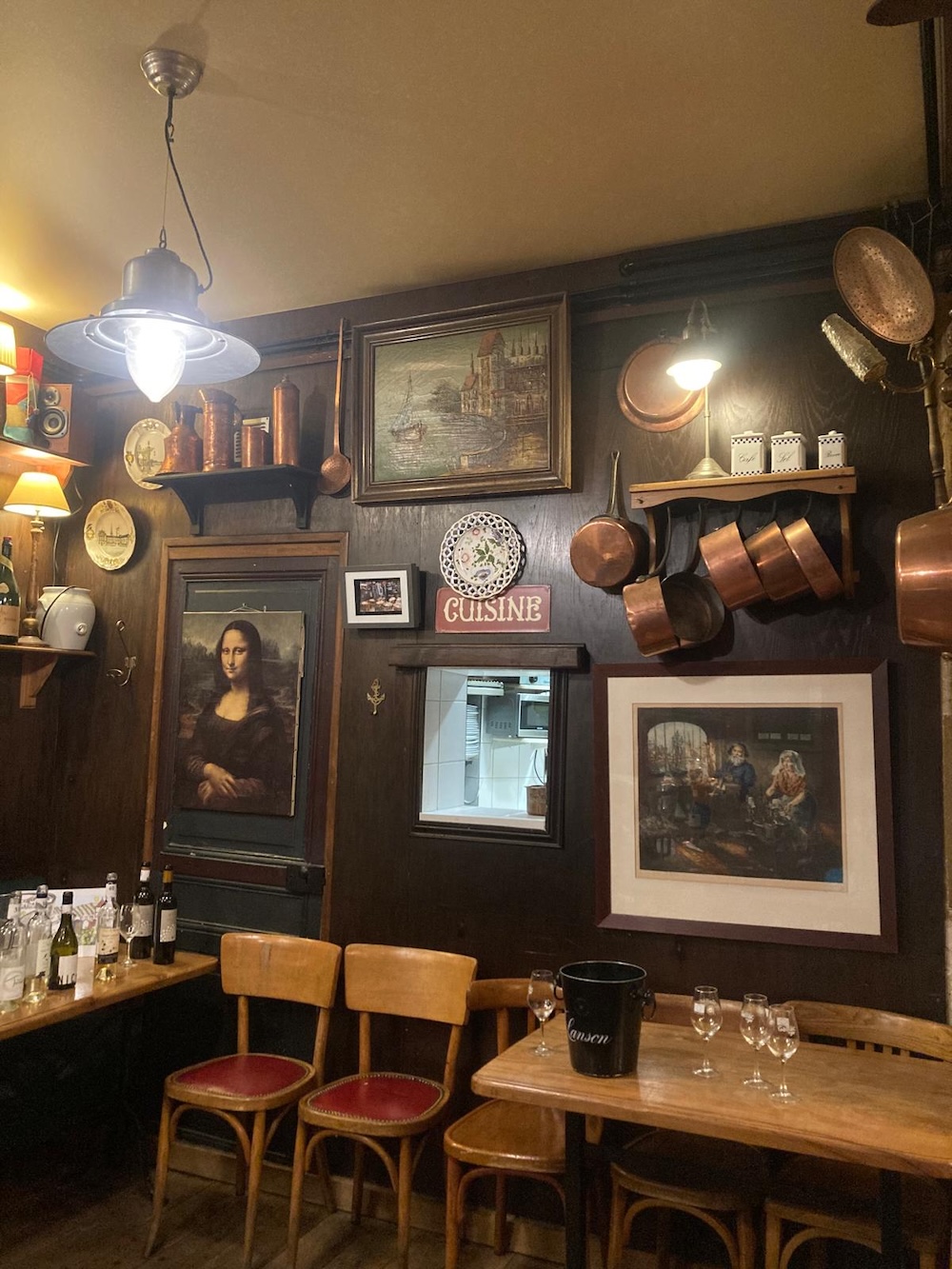
Discovery

Discovery
By Francesco Saverio Russo Photos: Courtesy of the wineries, posted on 20 November 2023
In recent years, 'low alcohol' and 'no alcohol' wines have become increasingly popular. The combination of a consumer shift towards a healthier lifestyle and the growing focus on responsible driving has pushed the wine industry to innovate and offer lighter alternatives without sacrificing taste and character. The trend is one that Italian wineries have been keen to tap into.
Italian wineries have responded to this growing demand with technological innovations that make it possible to produce no alcohol and low alcohol wines without compromising on quality. This has been demonstrated by use of 'spinning cone column' technology which allows alcohol to be extracted from wine in a delicate way, preserving the aromatic and taste profiles. The process makes it possible to obtain wines with an alcohol content of less than 0.5% while preserving typical sensory characteristics. Other dealcoholisation techniques include nanofiltration, reverse osmosis, osmotic distillation and pervaporation. Alcohol removal by these techniques can however cause colour changes and losses of desirable volatile aromatic compounds, which can subsequently affect the sensory quality and consumer acceptability of the wine, and also lower the microbial stability of the product and shorten its shelf life. This is, therefore, the real challenge for producers, especially in Italy.
Incompatible national legislation
In terms of legislation, with the new CAP, the European Union has given the green light to the use of the term ‘wine’ to describe no alcohol or low alcohol grape / must-based products, but in Italy there is currently incompatibility with national regulations where the natural total alcohol content of a wine cannot be less than 8% alcohol. This means that wines below this percentage must be classed as 'alcohol-free wine-based beverage'. It is important that these are also distinguished from unfermented must, i.e. must that has yet to become wine.
No and low alcohol wines are no longer limited to being just 'light' versions of traditional wines as winemakers are working to create a wide range of styles and varieties to suit a range of palates. From fruity white wines to more structured reds, it is possible to find options suitable for different occasions and food pairings. It is important to emphasise, though, that these products are not meant to replace 'traditional' wine, but to be an alternative for those who cannot and do not want to drink alcohol, and something new for the curious and open-minded.
With the increasing supply of no alcohol and low alcohol wines, the importance of clear and accurate labelling becomes crucial. Consumers must be informed about the amount of alcohol in the product and its origin to help them make informed decisions and avoid confusion between the different options available.
No and low alcohol wines are increasingly becoming an integral part of the contemporary wine scene but are mainly produced by large companies due to the cost of the technology, production volumes and the understandable reticence of small producers to join the trend.
With technology continuing to improve and the focus on consumer tastes and needs, these wines are proving that it is possible to indulge in the culture of wine in a responsible and enjoyable way. The diversity of styles, intriguing flavour profiles and overall satisfying experience are making these wines an attractive choice for an increasingly broad audience. I asked some of the pioneers of these types in Italy to share their views on the category.
Sgarzi Luigi Winery
The historic winery of Castel San Pietro Terme (Bologna) confirms that the Italian market for low/no alcohol alternatives is taking its first steps, even if it seems less developed than in other countries, where it is already quite common to find no-low alternatives on supermarket shelves. The data points to strong growth forecasts over the coming years (+23% average annual growth rate for 2021-2026), in line with the expectations of many operators, who see great potential in the market. In Italy, from a labelling perspective, there is unfortunately still a ban on the production of no/ low alcohol DOC and IGT wines which obviously has a negative impact on the competitiveness of Italian producers at international level. The controversy, and competitive disadvantage of Italian producers, is apparent when looking at the shelves of foreign supermarkets. Under current Italian law it is not possible to state the name of the grape variety on the label of a de-alcoholised wine if other ingredients are present, even in very small quantities.

Sgarzi Luigi winery is located in Castel San Pietro Terme, a small but flourishing town in the province of Bologna, renowned for its thermal waters and excellent food and wine.
Cantine Sgarzi Luigi has chosen, also for this reason, to produce beverages whose main component is de-alcoholised wine produced using Spinning Cone Column (SCC) technology, with low-temperature vacuum distillation. Careful thought from the company's technicians has led to excellent results, both in terms of flavour – recently endorsed by Gilbert & Gaillard gold medals – and for organoleptic stability with a guaranteed shelf life of at least 5 years.
This is a relatively new product category, benefitting from strong in-house expertise, and it is garnering rapidly expanding market share both nationally and internationally in France, Germany, Sweden, Poland, the USA and China.
The products help the company reach out to new consumer audiences – people who do not drink alcohol for religious or health reasons for example – whilst also aligning with established consumption trends in terms of lifestyle. To date, the overall market is estimated for the EU at around 2.5 billion litres and 7.5 billion euros, largely cornered by beer. Wine’s share stands at just €322 million while spirits and liquors stand at around €168 million. (Areté research data.) Outside the EU, the largest markets are the USA and China. While the segment still represents a niche market, generally covering less than 1% of the total, growth in recent years for this type of product has been remarkable, against a backdrop of stable or declining alcohol consumption.

The new production facilities at Sgarzi Luigi, completed in 2011, were built using environmentally friendly natural materials and covered with solar panels which provide for most of its energy needs.
Cantine Sgarzi Luigi’s new ZERO SL ZERO and CIAO ZERO products also place strong emphasis on environmental sustainability with light glass bottles and aluminium cans to reduce the company's carbon footprint throughout the production cycle. Both glass and aluminium are infinitely recyclable materials, while aluminium has a much faster recyclability cycle and lower C02 consumption during the regeneration phases of the material itself. Sgarzi Luigi is proud to be able to offer sustainable products.

The company founded by Luigi is now run by his grandson Stefano, together with his wife Nadia, now joined by fourth-generation Anna, Luigi, Leonardo and Francesca.
Bosca
Bosca, in Canelli, boasts a history spanning over 190 years, through 6 generations of a family whose entrepreneurial choices have always leaned towards innovation and exploring new horizons, without detracting from its historical heritage. “Non-conformism” and “inclusiveness” are the values that led to the creation of low and no alcohol products, which are part of a sub-brand, ‘It's B’, stemming from a combination of experience, innovation and Bosca's creativity.

Since 2009, Bosca has been run by Pia, Gigi and Polina, the sixth generation of the family who are CEO, CFO and CMO respectively.
The product line updates the tradition of sparkling wines, making them the protagonists of a new drinking experience. The products have a novel flavour, are immediately enjoyable and accessible to all, and they reflect the company’s mantra of “bubbles against the tide”. Italy is still reluctant to embrace low / no alcohol wines compared to other foreign markets, including the US and Central / Northern Europe. In the Italian market, it is important to raise awareness of the category through dedicated marketing and communication campaigns, so as to encourage growth in consumption. Bosca’s sparkling wine Toselli is naturally sweet, crisp and balanced and therefore very versatile. It pairs equally well with special snacks, dessert or even spicy foods, where the sweetness of the drink counterbalances the mix of spices. The ideal alcohol-free beverages for Italians, according to Bosca, are also ‘mocktails’, a selection of alcohol-free cocktails which can now be found in every cocktail bar. Over time, 'Low Alcohol Verdi' and 'Sparkletini' will also make their way into the mocktail category once buyers become more knowledgeable and confident.

In addition to their splendid underground cathedral cellars (a Unesco World heritage site) located in Canelli, Bosca has a state-of-the-art winery in Costigliole d'Asti.
Bosca's non-alcoholic sparkling wines are made from must, produced by soft crushing, kept constantly at a low temperature and then gently micro-filtered to prevent fermentation. This process guarantees a product that is always fresh like Toselli, and preserves the organoleptic characteristics and natural sweetness of the grape must. For Bosca, it is essential to distinguish between low and no alcohol products both in communications and in market research because, although statistics always lump low and no alcohol together, in reality low alcohol products are leading the way. Finding reliable global statistics both for low alcohol wines and for non-alcoholic grape/must products is a tall order. For communications and marketing purposes, it is important to define the individual sub-categories of products, which also include beers and malt-based products, ciders, hard seltzers, cocktails and grape-based products.
Canella
Luciano Canella's interest in low-alcohol and freshness goes back a long way, well before the current trends. It was back in the 1980s, in fact, that the sparkling wine entrepreneur from the Venetian and Treviso hinterland became interested in low-alcohol, healthy and low-calorie drinks and introduced a bottled, preservative-free version of 'Bellini', the famous Venetian cocktail.

Brothers Tommaso and Alvise Canella are the third generation at the Canella winery.
Bellini is once again the driving force behind the innovative drink launched by the new generation of the Canella family, namely Tommaso and Alvise, who have recently released their zero-alcohol Bellini. Although the 'classic' Bellini is made with three parts brut sparkling wine, one part white peach juice and pulp (produced in-house) and a dash of raspberry, the 'Zero' has the same ingredients, but without the alcohol. This is extracted using the membrane process to retain the aromatic qualities.
As far as distribution is concerned, the on-trade is showing a lot of interest. Consumption is obviously not significant yet, but the product is bound to take off. Launched less than 6 months ago, it is too early to make any sales estimates, and the company is aware that it has to invest time to raise awareness of something so 'unconventional'. Foreign sales vary a lot depending on the market and the drinking culture in individual countries, as well as on licences. In the USA and Canada, a number of states ban alcohol sales in grocery stores, therefore providing an opportunity for no alcohol alternatives. Scandinavia to date is probably the most promising market while the entire Middle East becomes a strategic market from a cultural perspective.
Anna Spinato
This company in Ponte di Piace (Treviso) which is renowned for the production of wines such as Valdobbiadene, Prosecco, Raboso and Malanotte, as well as international varietals, has decided to focus on 'no alcohol' by resurrecting an historic company label: Gocce di Luna.
This sparkling non-alcoholic wine is produced entirely from grape juice grown in organic Italian vineyards. It is a refreshing drink whose sweet fruity notes and exuberant bubbles make it a good fit even for the most demanding consumers. The company also produces two other non-alcoholic sparkling wines: 'Zero' and 'Zero Blush'. Spinato agrees that the Italian market for the products lacks maturity compared with foreign markets. Hence its export focus, which has yielded very satisfying results. Longer term, however, the outlook is positive in Italy too, especially for products so closely linked to wellness. This also explains why it has decided to use grape must, without resorting to de-alcoholisation. Its main markets currently are Russia, the Middle East and Asia, while demand is also growing within the EU.
Anna Spineto is a winery founded in 1952 by Pietro Spinato, the father of the current owner Anna. It is located in the Veneto region of Ponte di Piave.

Anna Spinato and her son Roberto now run the company with an eye on sustainability and new trends including low and no alcohol beverages.
Arione
Even the historic (1870) Piedmont family business, which has vineyards in the fertile regions of the Langhe and Monferrato, has decided to venture into no and low alcohol wine territory, sensing the growing interest in the categories. The growth reflects the increasing attention paid by larger scale Italian producers to global trends. Arione uses grape must processed with various components, with no de-alcoholisation. The company is also experimenting with similar solutions in collaboration with another winery. Again, it is premature to speak of global market share, but the data seems to be promising. Growth of low and no alcohol wines has reached 30% in some markets in recent years, with forecasts pointing to an annual increase of 15%-20% over the next 3-5 years. The company reports that its products are stocked in some US shops in sections dedicated to no and low alcohol ranges.

Today, Arione is run by brothers Mauro and Luca Arione, who manage the two family wineries.
Perlino Spa
Perlino SPA has been a major producer of vermouth and sparkling wines in Asti for more than a century, after it was founded in 1905 in Castello d'Annone by Giuseppe Perlino.
In the 1930s, after some strategic investments, the historic production of sparkling wines and vermouths began to increase, becoming a forte of the company over time.
Vermouth Perlino grew rapidly in the domestic market, as well as internationally, thanks to its exclusive recipe. It is now considered a staple of the good, traditional Piedmontese aperitif. The same happened with sparkling wines: with over 70 years of experience and worldwide presence, Perlino produces sparkling wines that are perfectly in tune with consumer trends across the age groups. Building on this success and with a view to leveraging growing demand both in Italy and abroad for low and no alcohol wines, Perlino has decided to invest in the category. This dovetails with a trend towards drinking ‘lighter’ and ‘healthier’, but without detracting from originality and taste. The company is fully aware of how challenging it is to produce a good product with a full aroma and flavour profile and at the same time is low in alcohol. Perlino is currently focusing on a low-alcohol, fruit-flavoured Moscato-based product named 'Diva di sera'. A Moscato Mango and a Moscato Cherry at 6% alcohol offer excellent alternatives for a lighter aperitif.

Perlino CEO Edoardo Laugieri.

Perlino's export director Giuseppe Bellotti.
Data from 'IWSR Drinks Market Analysis 2021, Nielsen 2022, Innova New Product Database 2022' shows that the average alcohol content of products launched in the last five years ranges from 4 to 5.5 % ABV while as many as 20% of European consumers have sought lower alcohol products in the last 12 months. These figures are being closely monitored by companies that have made history by continuously innovating and trying to anticipate trends while focusing on quality.

Perlino's marketing director Diego Salmi.

Perlino’s marketing manager, Elena Branda.
Striking the right balance
For wine 'purists', the world of no and low alcohol wine may be difficult to understand and accept, but it is clear that in a world where over 50% of the market is made up of teetotallers, this marketing opportunity cannot be ignored. It is important, especially in Italy, to better regulate the production and labelling of the products so as not to harm 'traditional wine' in any way and to be able to offer consumers useful information so that they can choose between the various products. The next five years will be crucial for the future of these beverages in Italy and throughout the Old World.

Discovery

Discovery

Discovery